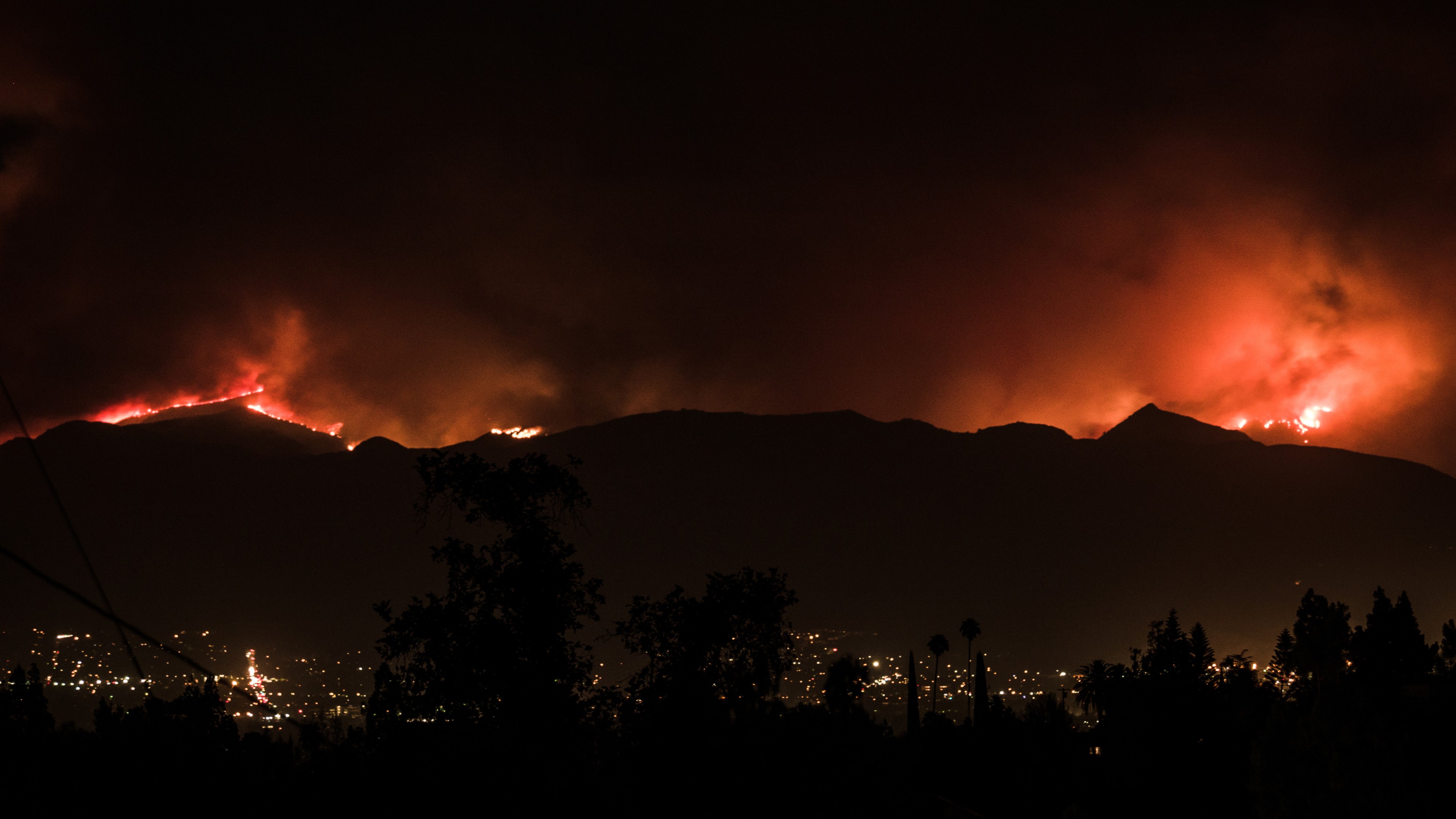There’s a tremendous interest in sustainability and green architecture, and a greater sense that buildings reflect their larger context.
Question: Can you attach an "ism" to where we are today in architecture? (- Question from Lee Mindel of Shelton Mindel & Associates)
Paul Goldberger: I think we’re in a kind of period of late modernism, renewed modernism in which the modern style, which was mistakenly given up for dead in the '80s with post-modernism, has kind of come back, reinventing itself much more urbane, correcting some of the mistakes of modernism the first time around when it was so anti-urban. And with much more either restraint, in some cases, and clarity and almost sometimes minimalism, and/or a kind of more expressionistic strain. So, we see different strains and I do not think this is a time it can be summarized in any single "ism" anyway. There are too many different things going on. But probably the one that is kind of the most unifying or compelling of the time to the extent that anything can pull a diverse time together, would be this sort of late modernist moment that we're in where really good architects are reinventing the modernist vocabulary.
Question: Is there a particular project or building that encapsulates where architecture is right now?
Paul Goldberger: Where we're at right now, it’s hard to ever encapsulate that with a single building. I mean there was a time, you know, a dozen years ago when Frank Gehry’s Guggenheim Museum in Bilbao seem to sort of sum up everything. And it did. It was really the symbolic beginning of a whole age of architecture. An age of intense engagement with architecture and with doing buildings which in some cases were really quite wonderful and brilliant and profound even. In other cases buildings that were just soft of excessive.
Right now we’ve kind of pulled back from that a lot, but we’re not entirely sure where we’re going. There’s a tremendous interest in sustainability today and in environmentalism and in buildings being responsible from a green standpoint, which is all to the good. There’s a greater sense, I think, of the building as part of the larger whole, and less as an individual standalone monument. So we’re more concerned with urbanism; how buildings relate to each other on the street and as part of a community. We’re more concerned, I think, with planning—I'd like to hope. And so we’re not believing that you can keep growing and spreading out forever and ever across the landscape that we’ve got to make our cities denser and tighter in part to preserve the land. I sense a lot of that right now. Much more willingness to begin to consider alternate forms of housing as reflections of alternate forms of living, and alternate family structures and things like that, you know. For a long time, we’ve just assumed that everybody would fit into the same little pigeon-holed box. Either a little suburban house or an apartment in the city, or whatever, that was designed for a very traditional nuclear family. In fact, family structures are different now, and they’re changing and there are more options. And so, why aren't there more housing options at the same time to reflect that?
You hear more people at least talking about that now. And I think if we were not in this difficult recession where it’s tough to build anything, we’d actually see more real stuff happening right now. But with luck, we can use this time to plan, to sort of develop ideas and be ready to do more interesting stuff when the time comes.
Recorded on June 22, 2010
Interviewed by David Hirschman





